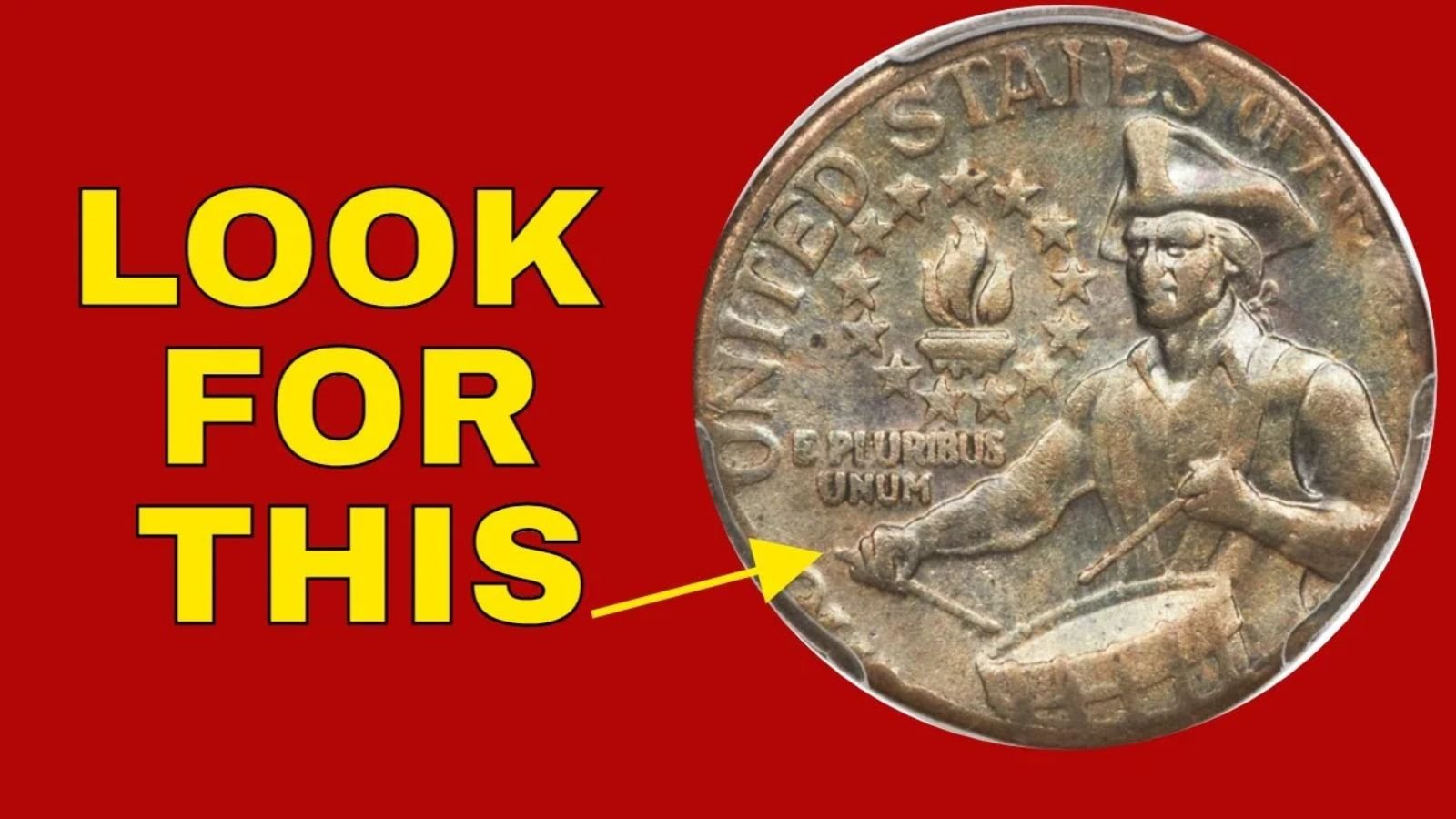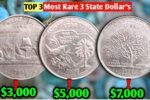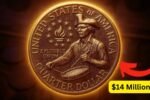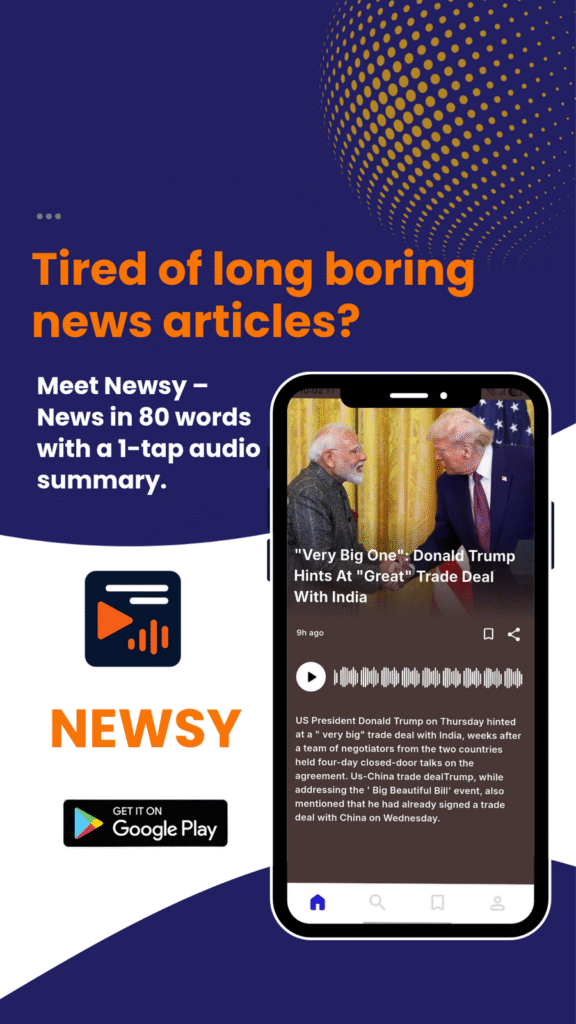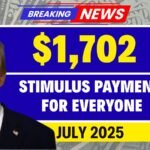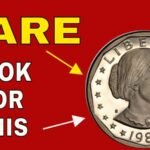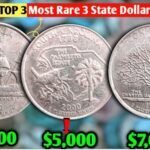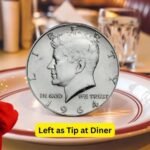For most people, a quarter is just a piece of everyday pocket change. It sits in your wallet, jingles in your car’s cupholder, or finds its way into a vending machine for a quick snack or soda. But what if that simple 25-cent piece you barely notice could actually be a life-changing treasure? Right now, collectors and treasure hunters are buzzing over the story of the Rare Bicentennial Quarter — a coin that might be worth as much as $11 million if you happen to find it in your change.
At first glance, this sounds like one of those too-good-to-be-true rumors. Yet, hidden in plain sight, this Rare Bicentennial Quarter represents a piece of American history, an unusual minting story, and the tantalizing possibility that an average person could strike it rich just by paying closer attention to what’s in their pocket.
The Bicentennial Quarter: A Celebration in Your Pocket
To really understand why the Rare Bicentennial Quarter has captured so much attention, you have to go back to the 1970s. In 1976, the United States celebrated its 200th birthday — two centuries since the Declaration of Independence was signed in 1776. To mark this historic milestone, the U.S. Mint did something special: it redesigned some of the nation’s coins to honor the bicentennial.
Instead of the usual bald eagle design, the quarter got a new look. The obverse (heads side) still featured George Washington’s profile, but the reverse (tails side) showed a Colonial drummer standing proudly with a torch encircled by 13 stars, representing the original 13 colonies. These quarters also carry a dual date — 1776–1976 — instead of the single mint year that normal quarters display.
For millions of Americans at the time, this commemorative coin was a small but meaningful way to feel connected to the nation’s bicentennial celebrations. And because so many were minted — nearly 1.6 billion Bicentennial Quarters were produced — most people assume that any Bicentennial Quarter today is worth exactly what it says on its face: 25 cents. But this is where the legend of the Rare Bicentennial Quarter changes the game.
What Makes a Bicentennial Quarter So Rare — And So Valuable?
So, what turns a simple commemorative quarter into the mythic Rare Bicentennial Quarter worth millions? The answer, coin experts say, lies in the quirks of minting.
When coins are made, they can sometimes come out slightly different from what the Mint intended. These minting errors — like being struck on the wrong metal, having unusual details, or being part of a limited experimental batch — create coins that collectors consider extremely valuable.
The story goes that a tiny number of Bicentennial Quarters were either struck on a planchet (coin blank) made of 90% silver instead of the standard copper-nickel clad metal, or on experimental planchets containing gold or other rare metals. Some sources say these unique versions were test coins never meant to leave the Mint, but a few somehow slipped into circulation by accident.
And here’s where the mystery grows: unlike coins released specifically for collectors, these rare errors weren’t tracked, cataloged, or separated. They look almost identical to the ordinary coins that billions of people have handled for decades. So the Rare Bicentennial Quarter could easily be hiding in your spare change jar, a cash register, or a random pile of coins in your drawer.
The Anatomy of the Rare Bicentennial Quarter
How can you tell if the quarter in your hand is the one worth $11 million? It helps to understand the key features that make the Rare Bicentennial Quarter stand out.
| Feature | Description |
|---|---|
| Year of Minting | 1976 (dual date 1776–1976) |
| Design | Colonial drummer, torch, and 13 stars |
| Possible Rarity Factor | Minting error or struck on silver/gold planchet |
| Condition | Near-perfect, Mint State (MS-68 or higher) |
| Estimated Value | Up to $11 million (based on rarity and auction potential) |
| Circulation Status | Believed to still be in everyday circulation |
Minting errors, unusual metal compositions, or experimental strikes are the biggest clues. The fewer there are, the more a coin is worth. Add the historical significance of America’s 200th birthday, and the Rare Bicentennial Quarter becomes a dream find for collectors worldwide.
Why Would Someone Pay $11 Million for a Quarter?
It’s reasonable to wonder how a small coin with “25 cents” stamped on it could possibly sell for the price of a mansion — or two. But to understand that, you have to look at the world of coin collecting, where value is driven by rarity, condition, demand, and the stories behind the coin.
- Rarity
Coins with known minting errors or test designs are unbelievably rare. When only a handful exist — or even just one — collectors will pay huge sums to own them. - Historical Significance
A coin that marks the bicentennial of the United States is already special. Owning a unique version of it ties a collector directly to a key chapter in the nation’s story. - Condition
The value skyrockets if the Rare Bicentennial Quarter is in pristine, uncirculated condition — what experts call a high “Mint State” grade. Even a tiny scratch can bring the value down dramatically. - Mystery and Hype
The rumor that the Rare Bicentennial Quarter is still in circulation fuels excitement and drives up demand. Treasure hunters love a good mystery — and this coin has become a legend. - Past Examples
History is full of coins that sold for staggering sums. A 1794 Silver Dollar once sold for over $10 million because of its historical importance. The 1933 Double Eagle, an ultra-rare $20 gold coin, fetched nearly $19 million at auction in 2021. The Rare Bicentennial Quarter could easily join this list if the right coin surfaces and hits the auction block.
Could You Have the Rare Bicentennial Quarter in Your Pocket?
The idea that a single coin hiding in everyday change could be worth millions has made people more curious than ever. So, what should you do if you suspect you have the Rare Bicentennial Quarter?
Here’s a simple checklist to get you started:
- Check the Date
Make sure your quarter says 1776–1976. If it doesn’t, it’s not the bicentennial version. - Inspect the Design
The back should show the Colonial drummer with a torch and 13 stars. - Examine the Color
If your quarter has an unusual shine, silver tone, or gold tint, it could hint at a rare planchet error. - Never Clean the Coin
Cleaning a coin can damage its surface and dramatically reduce its value. Leave it as is. - Get a Professional Appraisal
Take it to a certified coin dealer or reputable grading service. They can examine your coin under a microscope and tell you if you’re holding the real thing.
What Happens If You Find the Rare Bicentennial Quarter?
If you ever discover that you really do have the Rare Bicentennial Quarter, what’s next? First, don’t rush to spend it at face value! Protect it carefully and get multiple expert opinions to confirm its authenticity.
Once verified, you have a few options:
- Sell it at a specialized coin auction.
- Work with a reputable coin dealer who can help you find a serious buyer.
- Showcase it in a collection until you’re ready to sell.
A coin like this doesn’t just sell — it becomes news, attracts collectors from around the world, and could make you an instant millionaire.
Why Coin Collecting Is More Popular Than Ever
Even if you don’t find the legendary Rare Bicentennial Quarter, checking your change might spark a new passion. Coin collecting is one of the oldest and most accessible hobbies on earth. Each coin is a tiny time capsule — a piece of history you can hold in your hand.
With millions of people now sharing discoveries online, trading coins, and swapping stories, this hobby is more alive than ever. And who knows? Maybe your next ordinary-looking quarter could turn out to be extraordinary.
Final Thoughts: Is the Rare Bicentennial Quarter Just a Legend?
Stories like the Rare Bicentennial Quarter remind us that sometimes treasures really can be hidden in plain sight. Is there really an $11 million quarter out there waiting to be found? Nobody knows for sure — but the possibility keeps collectors and dreamers searching.
So, next time you’re handed some change at the grocery store, pause for a moment. Turn that quarter over. Look for that Colonial drummer, the dual date, the unusual shine. Because you never know — your spare change could just change your life.
FAQs About the Rare Bicentennial Quarter
Q1: Are all Bicentennial Quarters rare?
No, most Bicentennial Quarters are only worth 25 cents to a few dollars unless they have a verified minting error or are in mint condition.
Q2: How do I know if my quarter is a Rare Bicentennial Quarter?
Check for the dual date (1776–1976), Colonial drummer design, unusual metal coloring, or unusual weight. Always confirm with a professional appraisal.
Q3: Where should I sell a Rare Bicentennial Quarter?
Use trusted auction houses, certified coin dealers, or reputable online coin marketplaces. Avoid selling to random buyers without verifying credentials.
Q4: Why are mint errors valuable?
Mint errors are accidental, making them extremely scarce. Serious collectors pay top dollar for these unique mistakes.
Q5: Is it legal to own and sell a Rare Bicentennial Quarter?
Yes, if you find it in your change, it’s legal to own and sell.
So keep your eyes open — because that Rare Bicentennial Quarter might be closer than you think.
Some Important Link
| Download News APP | Click Here |
| WhatsApp Group | Click Here |
| Home Page | Click Here |
